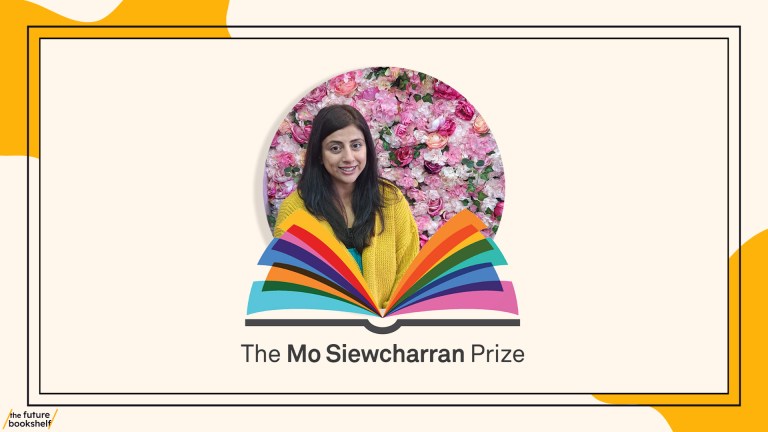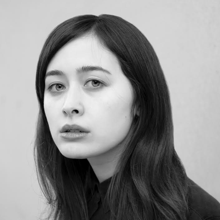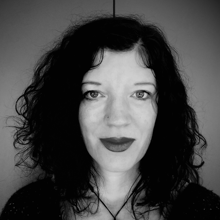‘Recognise the need for an idea to flower’
Successful authors recognise the need for an idea to flower. Inspiration doesn’t just mean being hit with one idea suddenly; it can also mean cultivating it, allowing it to grow in our subconscious, and letting it emerge when it’s ready.
Whether your starting point is an image or a feeling or an overheard remark, capture it as quickly as possible. Your options include jotting it down in a notebook, texting it to yourself, dictating it to your phone (many phones have recording functions or you can just leave a voicemail for yourself), or taking a photo. For some writers it’s the act of recording the idea that is more important than referring to it later. Just noting it is enough to implant it in their mind, where it can continue to grow.
As with a seed, it’s not a good idea to pull up the idea too often to see whether it’s ready yet. Leave it alone and it will surface when the time is right.
One way to give yourself some visual prompts is to engage in a practice I wrote about in my book Creativity Now! Suggested by innovation and strategy manager Richard Stomp, it’s called streetcombing. It’s like beachcombing, but instead of gathering shells you’re looking for interesting visual images and collecting them with your camera.
It doesn’t matter whether or not you actually use any of these images in your writing; the very act of consciously looking for interesting images changes the way you see everything. Suddenly your eyes and brain are much more sensitive to the strange and wonderful things happening all around you.
You can do the same thing with what you hear. Most writers are natural eavesdroppers anyway, but for a day make an effort (unobtrusively, of course) to jot down as many snatches of overheard conversation as you can. At the end of the day, they will coalesce into a conversation worthy of Beckett—and they may just prompt an idea for a character or a story.
You can use these methods to help grow an idea—for instance, a storyline on which you feel stuck. Juxtapose the elements you already have with the pictures you’ve gathered or the comments you’ve overheard and let that lead you to the next step. For example, in my play Killing Mother, I was stuck for a way to show the character’s feelings when his cruel mother passed away. In a novel I could just reveal his thoughts, but on a stage it has to be translated into action. On a walk I photographed a series of storefronts, one of which was a dance studio. That suggested the solution: his mother had always made fun of his clumsiness; when she was gone, he did a dance around the room—still clumsy, but obviously now feeling free.



